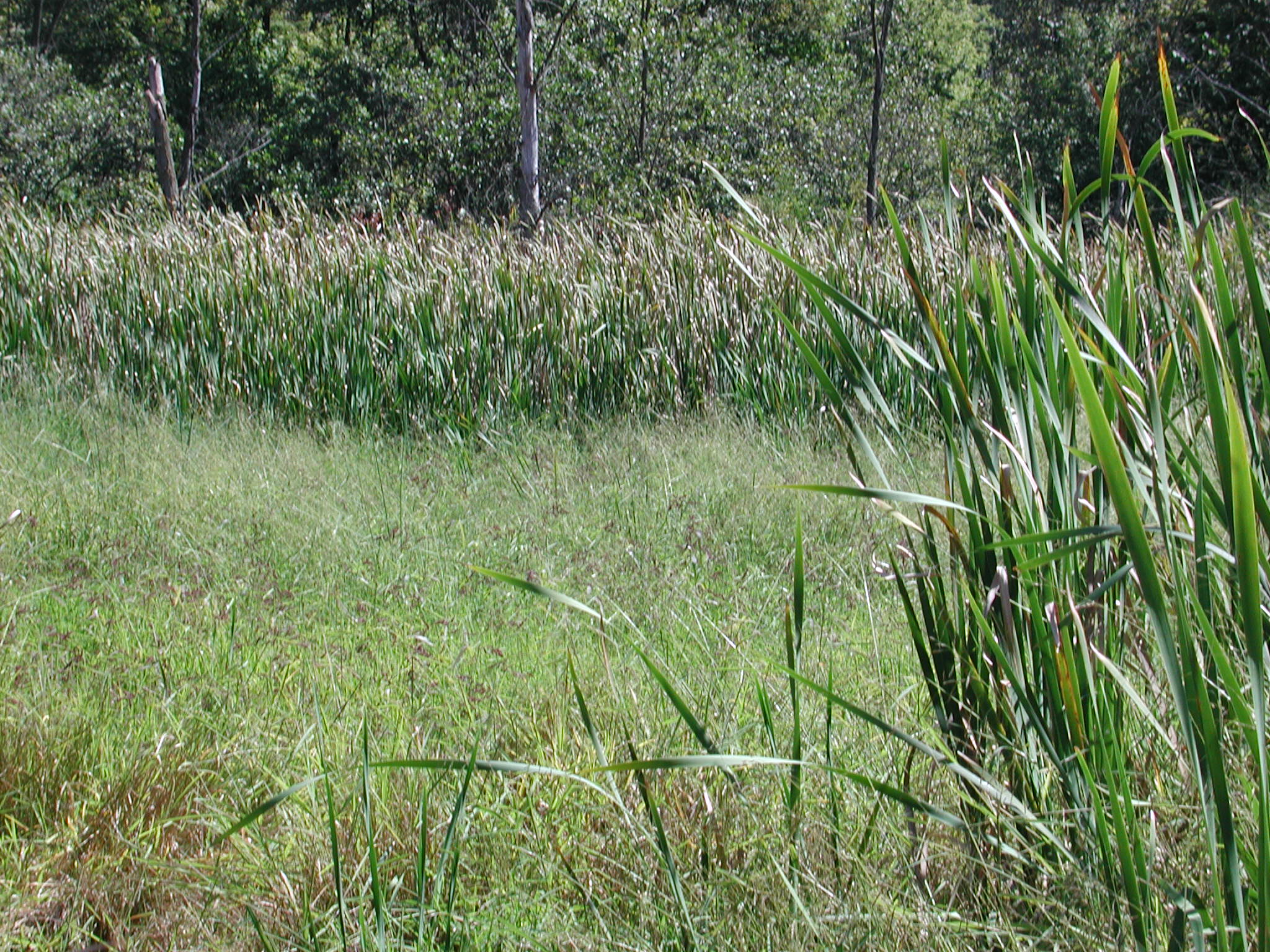functions losses
alterations
Restoration Decisions: (and theory)
designtype
site
reference sites
HGM vs. IBI hydrology
vegetation
soil
landscape success criteria
floristic quality Abby Rokosch
Jessen Book Siobhan Fennessy
Wetlands are
vital to the Earth's health and are home to many rare species. (In fact, Boylan and Maclean [1997]estimate that
46% of the endangered species in the United States have intimate ties to wetlands [in Whigham, 1999]). Yet,
each day humans alter wetlands to fit our own purposes (Whigham, 1999; Flack and Benton, 1998 in Whigham,
1999; Zampela and Bunnell, 1998 in Whigham, 1999). As recently as 30 years ago, this was not considered
a major problem. However, today the ongoing catastrophe is beginning to be recognized for the danger it brings.

Photograph by Jessen Book
Historically, wetlands have undergone staggering losses. Yet, even the breadth of this destruction remains under debate. Young (1996), cites that from the 1780s to the 1980s wetlands in the United States have dropped from an estimated 392 million acres to only 274 million acres (30% devastation). While Dahl (1990) contends that over the same time frame over 47% of the continental United State's wetland areas have been destroyed by humans (in Zedler, 1996; also see losses). Furthermore, Zedler (1996) adds that 19 states have lost over 50% of their wetlands in the last 120 years, with California topping the list at 91% devastation (Zedler, 1996; Whigham, 1999). These extreme losses have come mostly in highly agricultural states where wetlands have been drained for crop growth (Dahl, 1990 in Zedler, 1996). (For a more complete list of types of alteration to wetlands, click here.) Admittedly, numbers, and percent devastation vary from country to country and from state to state, yet no area inhabited by humans has gone undamaged.
Recognizing this loss and attempting to compensate for it, the United States, through the issuance of the Clean Water Act (Section 404), has instituted a "no-net loss" approach to wetlands. This policy states that the total amount of wetlands remaining in the United States cannot legally drop from its current 274 million acres. Yet the bill does not forbid the continued development of wetlands for human use. Instead, the policy states that anyone wishing to alter one of these sites must first get a permit from the Army Core of Engineers (who oversee the "no-net loss" policy). If such a permit is granted, the group wishing to destroy the wetland must promise to create a new wetland in a different spot, thus mitigating the loss. Technically, this process of mitigation is defined as: the avoidance, minimization, rectification, and reduction or elimination of negative impacts or compensation by replacement or substitution (OTA, 1984 in Zedler, 1996). Thus, the field of mitigation, through landscape engineering, is in high demand to contend with these stipulations.